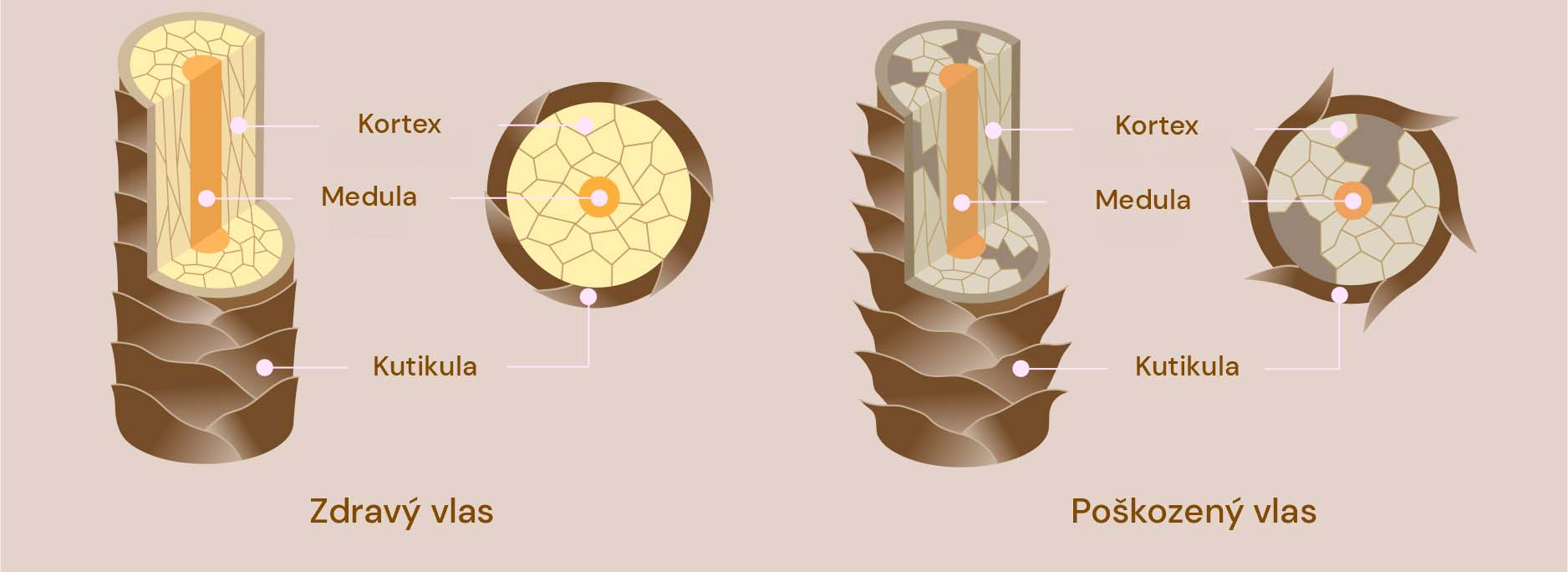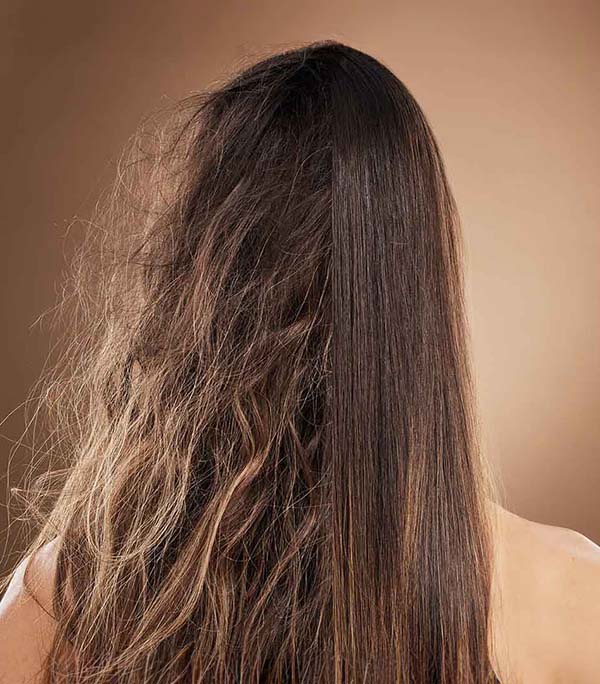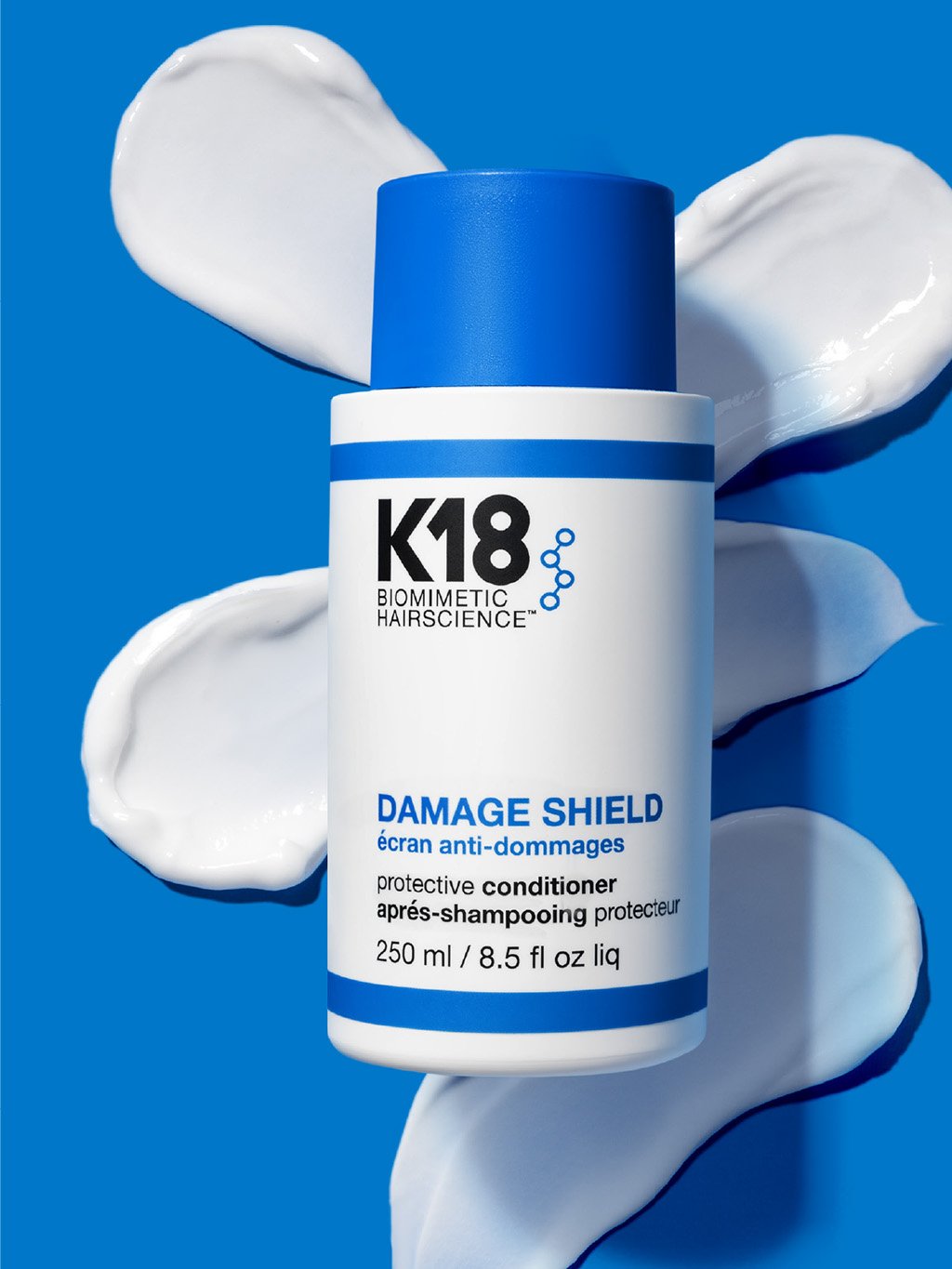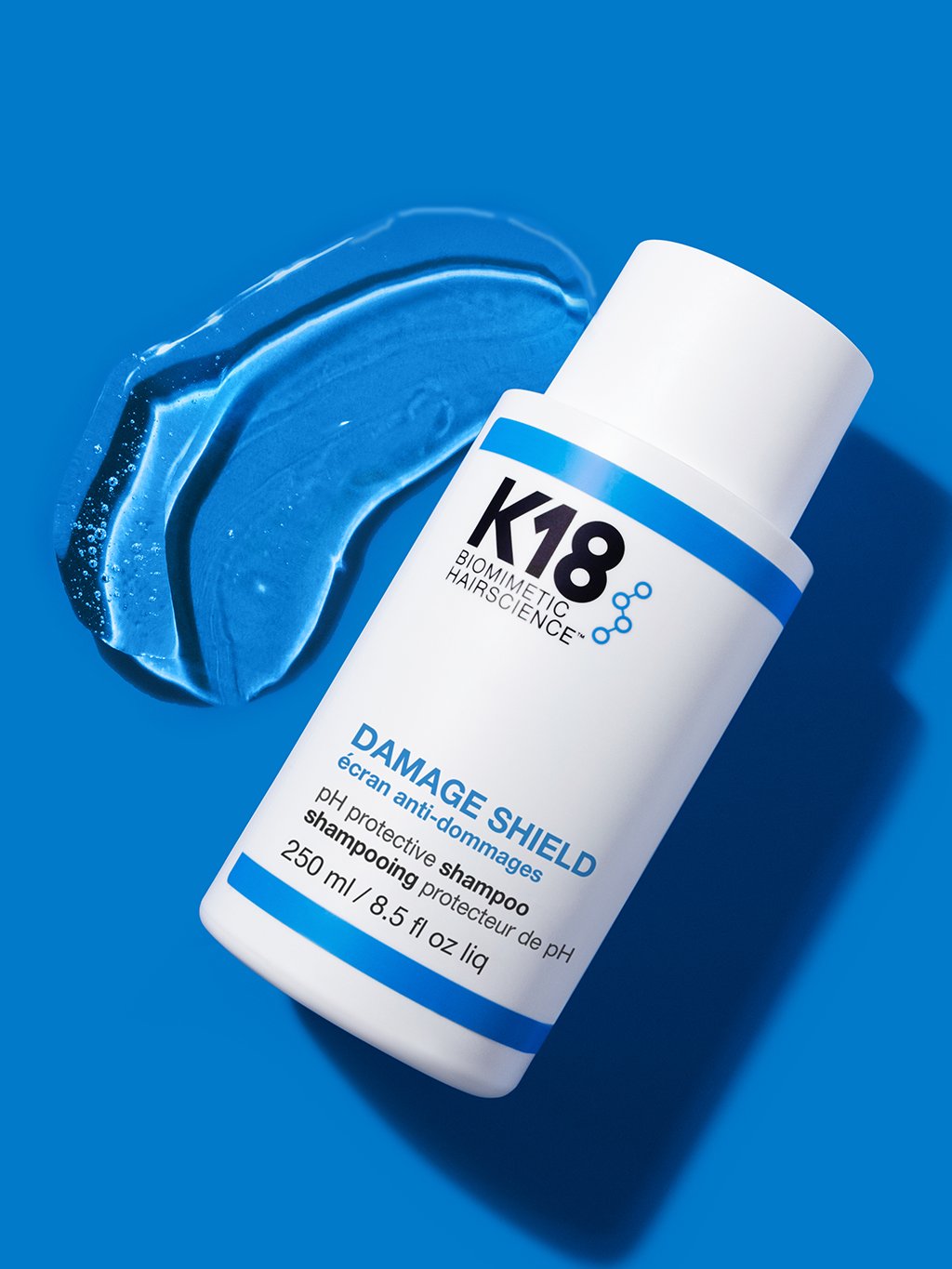A video on hair anatomy and structure featuring hairstylist and educator Filip Štancl.
The Secret to Healthy Hair
We all want healthy, shiny hair. That’s why we use quality shampoos, conditioners, balms, and other care products almost daily. But how do you tell if your hair is okay or damaged? And where do active ingredients actually work? Knowing the basics of hair anatomy and structure helps. It won’t be boring—and it’ll help you get your hair into even better shape. Let’s dive in!
Healthy hair isn't just about expensive products—the key is understanding your hair's structure. Learn how to spot damage, where active ingredients work, and why knowing hair anatomy is worth it.
Do You Know Your Hair Deep Down?
Let's begin with what you can’t see with the naked eye—its structure. Hair consists of three main layers:

Cuticle
The outermost layer of hair, acting as a protective shield made of flat, dead cells resembling scales. This layer helps retain active ingredients from hair products and gives hair its shine. If light reflects beautifully, your cuticle is healthy. Otherwise, hair may feel fragile and tangle easily.
Cortex
Beneath the cuticle is the cortex, a fibrous layer making up most of the hair shaft. It controls elasticity and strength. Active ingredients can penetrate here, and the cortex also holds pigment—whether natural or salon-applied color.
Medulla
The central core, also called the marrow. It contains about 3.6% fat and serves a nourishing role. You’ll find it just a few centimeters from the root, and not all hair types have one. That’s why external nourishment matters.
How to Spot Damage?
A quick look under a microscope reveals a healthy hair has a smooth cuticle and neatly aligned scales. A damaged cuticle fails to protect deeper layers. Even without a microscope, damage is visible through fragility, dullness, breakage, and split ends.
Don't Let Your Hair Suffer
If you're seeing damage, think about what stress your hair is under. Common culprits include:

Heat Styling
Blow-drying, flat-ironing, curling—high heat can dry hair out. Without hydration, hair loses elasticity and develops split ends.
Chemical Treatments
Coloring, lightening, and perms can stress hair. In a salon, professionals minimize damage; at home, risks increase—so proceed with caution.
Environmental Stressors
Sun exposure and salty or chlorinated water also cause harm. Use UV protection, wear a hat on vacation, and rinse thoroughly after swimming.
Tips for Everyday Hair Protection
- Lower the water temperature when washing—hot water can strip moisture; lukewarm is gentler.
- Always use a conditioner after shampoo—here’s why:
- Use lower heat and always apply heat protectant (e.g. #MyHero Collagen Shield Spray by #MyDentity).
- Brush gently, using soft-bristle or wide-tooth tools (e.g. Balmain Hair Detangling Spa Brush).
- Avoid rough towel rubbing and tight hairstyles that strain hair.
Watch our expert’s video for the key insights on hair structure—don’t miss it, and take the next step toward even better-looking hair!



